One of the biggest mistakes that gardeners make that reduces their harvests and vegetable yields has nothing to do with soil prep, watering, or fertilization.
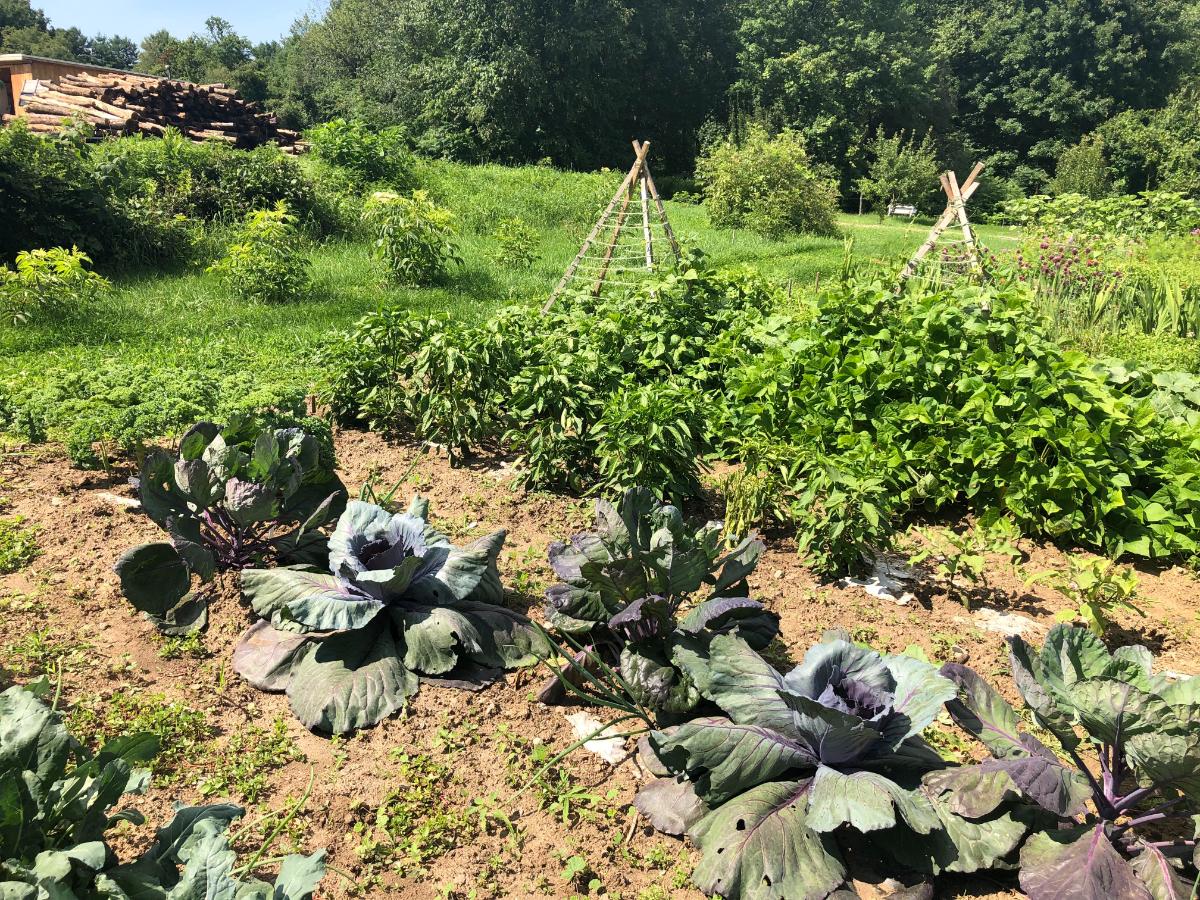
To be sure, these are important things, but there’s something bigger that you might be missing that might be turning your stellar plants into underperforming, disappointing producers.
What is it?
Not harvesting your plants early enough or often enough!
Jump to:
When Vegetables are Ready, Pick Them! No Matter How Much Is There (Or Isn’t)
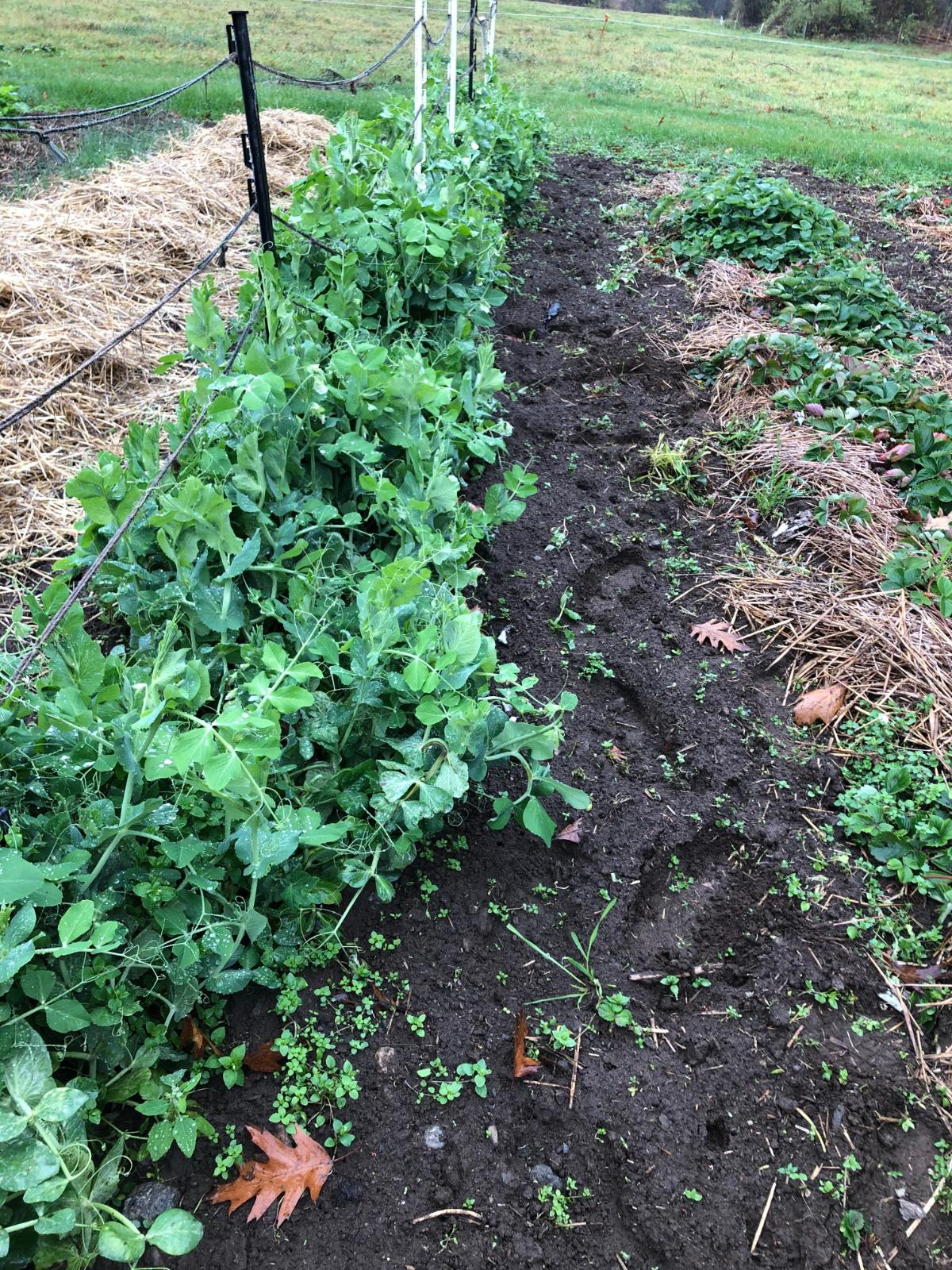
Picture this scenario:
You are out in your garden, and your plants are just starting to produce. You have a few small beans, some random peas, and maybe a young squash here and there.
Maybe there is a mid-size cucumber or two, but certainly nowhere near enough for making pickles.
They’re mature, ripe, and ready, but there aren’t many of them.
So, you leave them there, waiting for more to come along.
After all, what’s the use in picking just a few beans or peas, or a random squash or a cucumber or two?
Harvest even when there’s only a little – like in the beginning
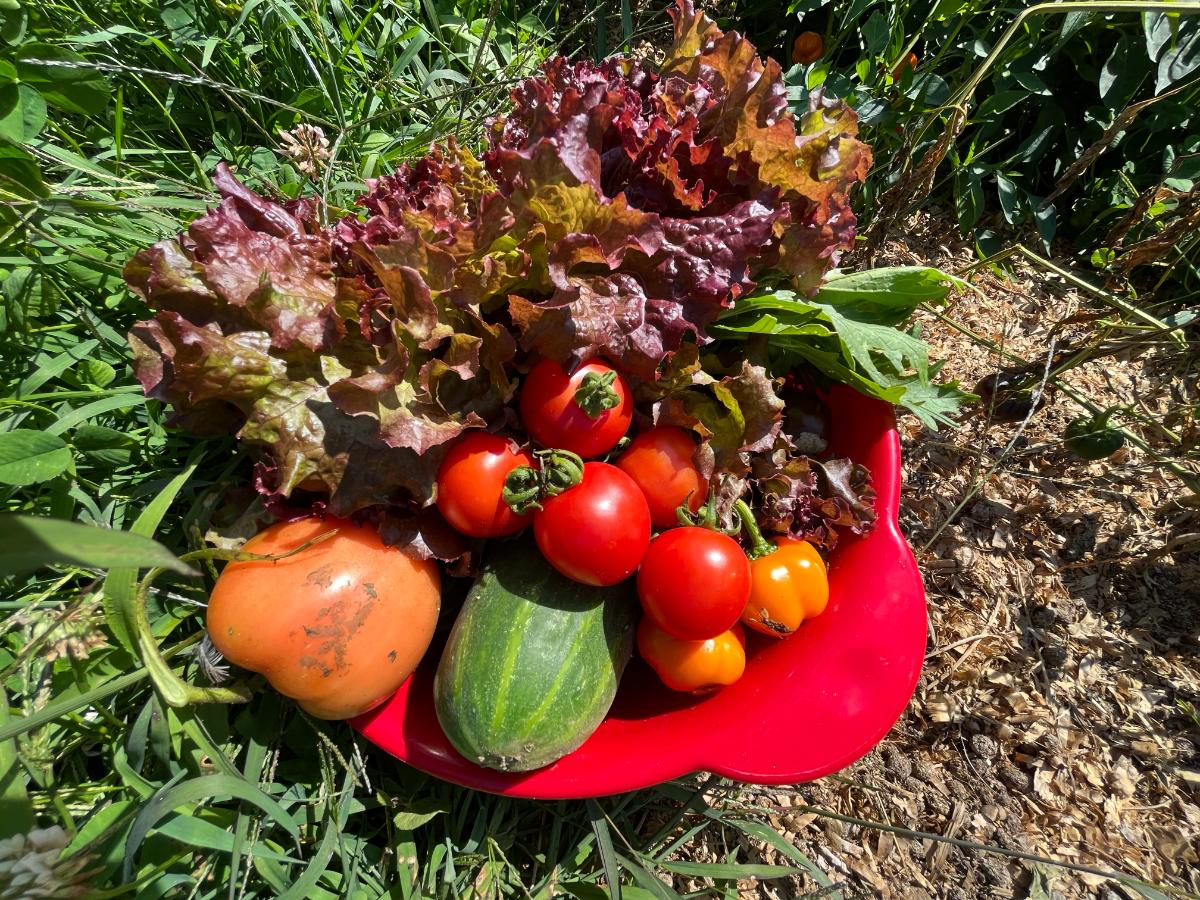
Even if you only have a small harvest ready, pick it off the plant.
If you don’t pick vegetables when they are ready, two things happen:
- They become overly mature and not particularly good for eating. Older vegetables will be tough, stringy, and lose their flavor.
- They send a signal to the plant that the plant has met its goal of reproducing and can stop now.
Leaving ripe fruit and vegetables on the vine is basically a shut-off switch!
Plants grow fruiting bodies (berries, fruit, and vegetables) in an effort to reproduce. Sorry, but they don’t really do it to feed you. That's just an added benefit.
Seeds are produced in those berries, fruits, and veggies. When the plant thinks it has set its seed, it has no need to continue to try to reproduce.
The plant stops sending blossoms and setting fruit. It sends its energy to the vegetables and fruits that are on the plant to basically overripen them and mature the seed to an age and stage where it could grow more plants; just like mama.
Keep in mind that the stage that we consider ripe for picking and eating is earlier than the stage of ripeness for reproduction. For reproductive purposes, the stage is really overripe, at least by our standards.
Therefore, when you pick “ripe” berries, fruit, and vegetables, you are taking them off the plant before the plant thinks it has done its job of reproducing, and it will continue to try to reproduce.
Read: The plant will continue to blossom and grow more vegetables.
By ignoring the small, early pickings, you’re setting the stage early on for short, small harvests.
But by doing this one simple thing and picking those early ripeners off, you do the opposite. You encourage even more production and higher yields – you're making those plants try harder!
Harvest often

Once your plants start producing, pick them off often. Don’t wait for bumper crops. Pick off whatever is ready, when it’s ready. You can always save it up in the fridge or make a mixed vegetable dish.
Frequent harvesting sends the same continuous signal to the plant – we need to keep producing!
This will get you bigger harvests for a longer period of time.
Some plants will just keep going nearly all season long once they’ve started, until they are stopped or ended by frost and weather conditions. Indeterminate tomatoes are one of these. That is, as long as they are kept harvested.
Others will have several weeks of harvest but have a sort of pre-set length and/or amount that they will yield. Peas and bush beans are an example of those of middle-of-the road producers.
Determinate tomato varieties work in this way, too.
That doesn't mean that it’s not important to harvest early and often, though. In fact, it might be even more important because you only have a predetermined fruit set within a window, and if you shut off that switch early by not harvesting the early ripe fruits, you’ll reduce your yields even on these plants.
Keep picking to get all you can get!
Continue to harvest until the harvest is done or you’ve gotten all you want
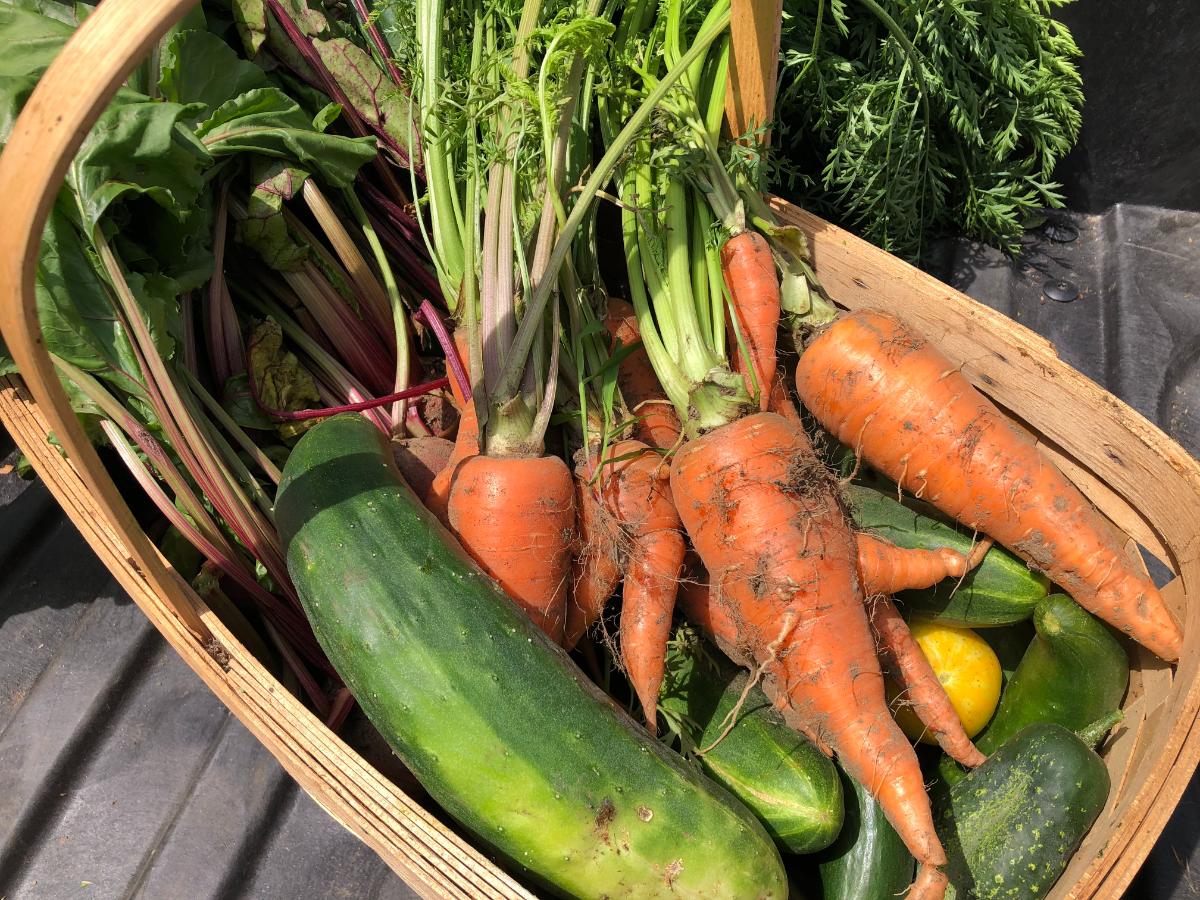
Continue with your regular harvesting until the plant can’t give you any more.
Or, continue to pick until you can’t take anymore (and then maybe offer a friend or family a stab at it!).
It’s okay to quit when your freezer or pantry is full, and you’ve had enough. When there’s no need or space to preserve any more.
But until you’ve gotten your fill, keep going. Then go ahead and let the plant set its seed and call its end.
Tips and Hacks for Using Small Harvests
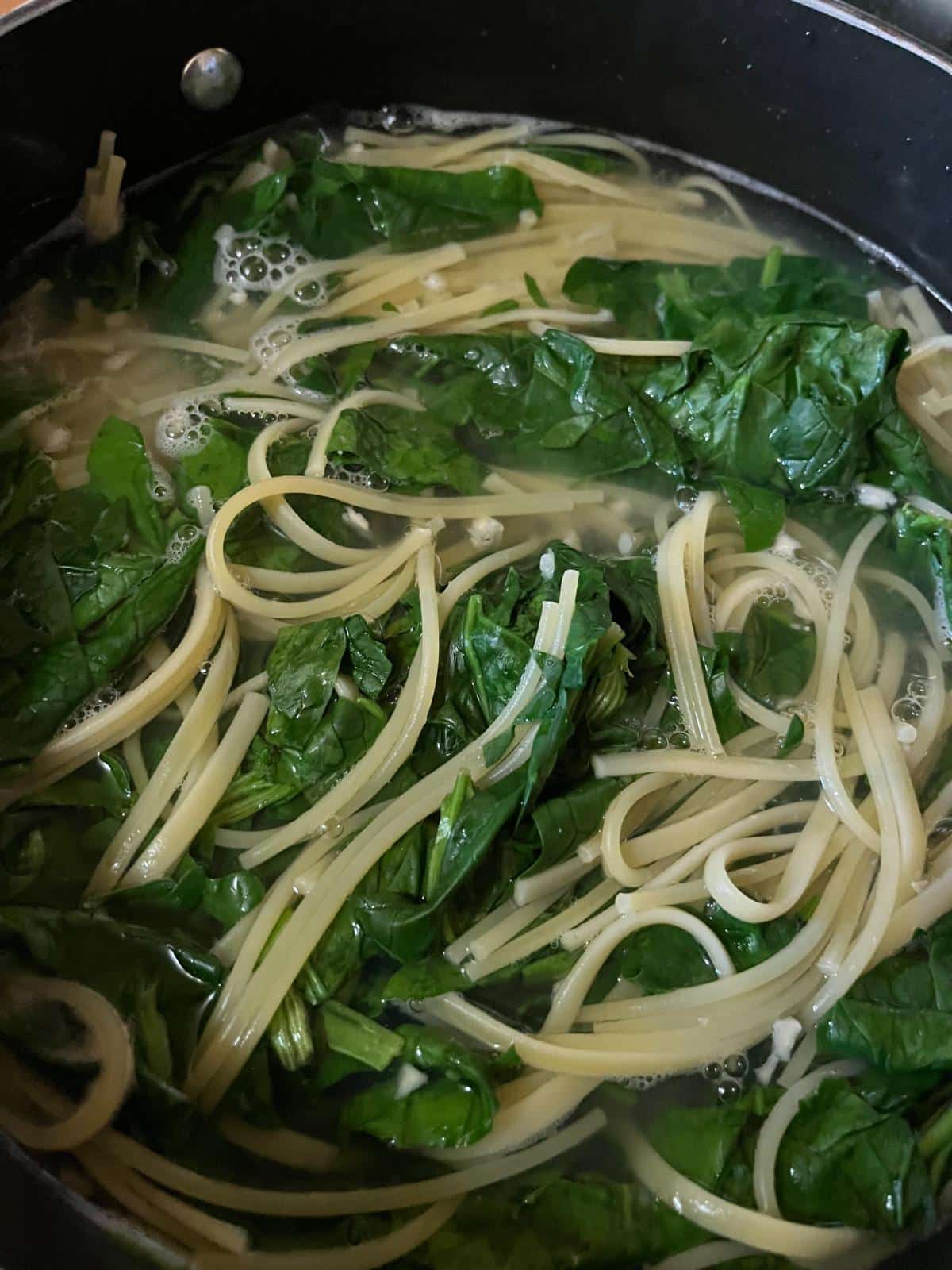
One of the reasons we ignore the early small harvests is that it seems pointless to pick when you can’t make a meal of it.
Here are a few suggestions to help you make use of these early small yields:
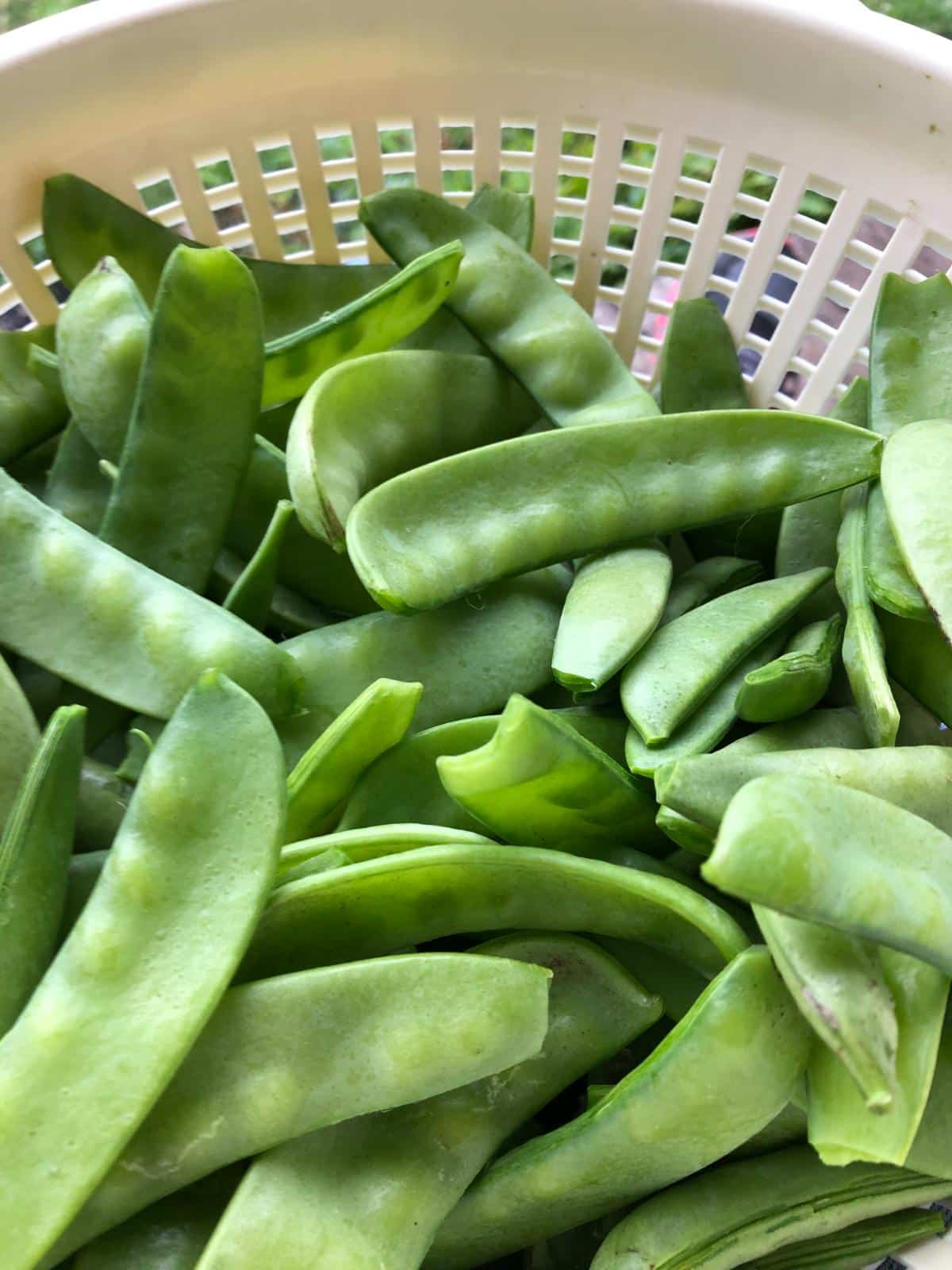
- Snack it! Raw vegetables like pod peas and green beans can be good, raw snacks and good for dipping, too!
- Add to salads
- Collect for a stir fry
- Refrigerate until you gather more
- Freeze for the future
- Dehydrate for soup mixes
- Make a soup bag in the freezer
- Make a mixed vegetable from all the small yields
- Use in a gazpacho or similar mixed dish
- Add to pasta or rice tossed with sauce or olive oil and cheese – pasta is the great ingredient extender!

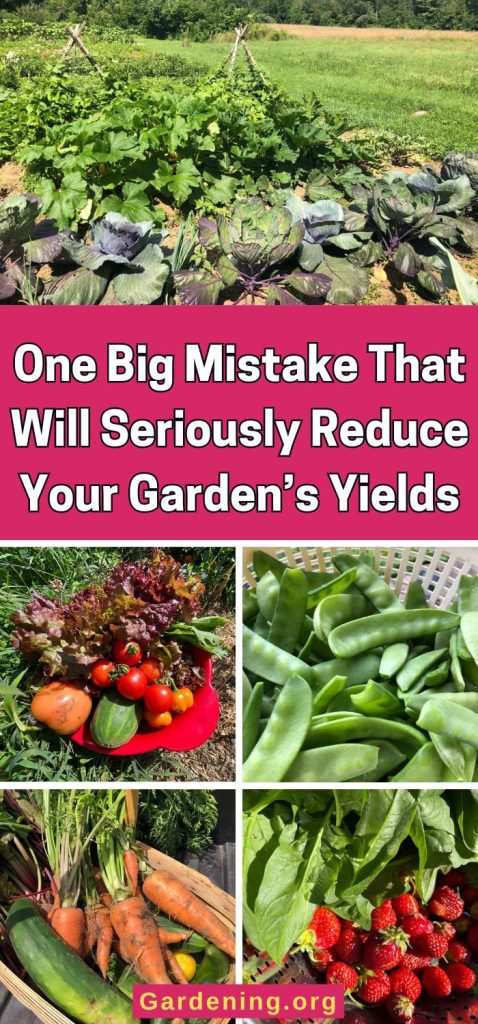
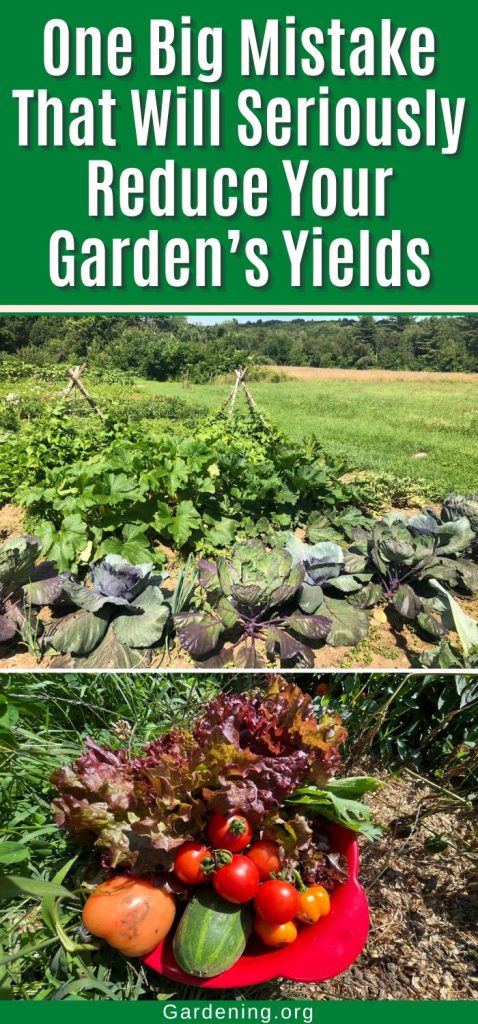
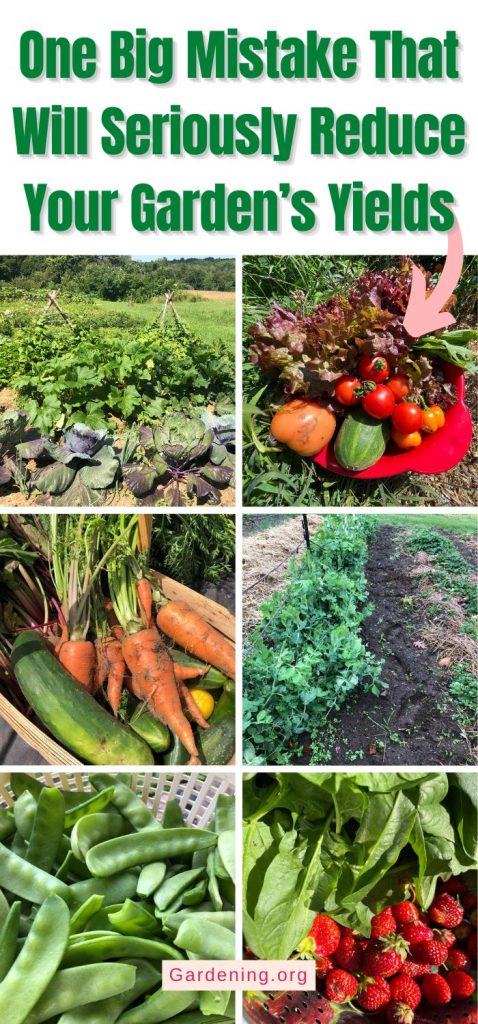
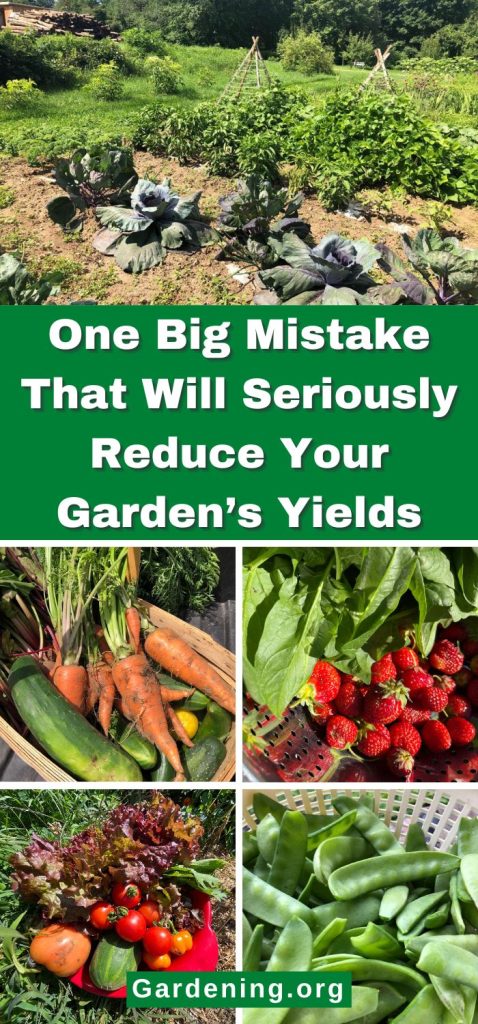




Mary
Is it okay to fertilize plants once they begin producing? I read somewhere that nitrogen shuts down production, but I want to add potassium. If the fertilizer analysis is higher in the middle number, will it be helpful? I grow lots of tomatoes, peppers cucurbits and beans. Also, my soil is a sandy loan. Oh level 7. But, it seems to not hold nutrients well, even when I have prepared with homemade compost and composted cow manure. I also use a balanced fertiler(granular) before planting. I have an issue every year with early blight, even with sterilized containers and new potting mix. Can it live over winter on cages and stakes? I live in zone 6a. Thanks.